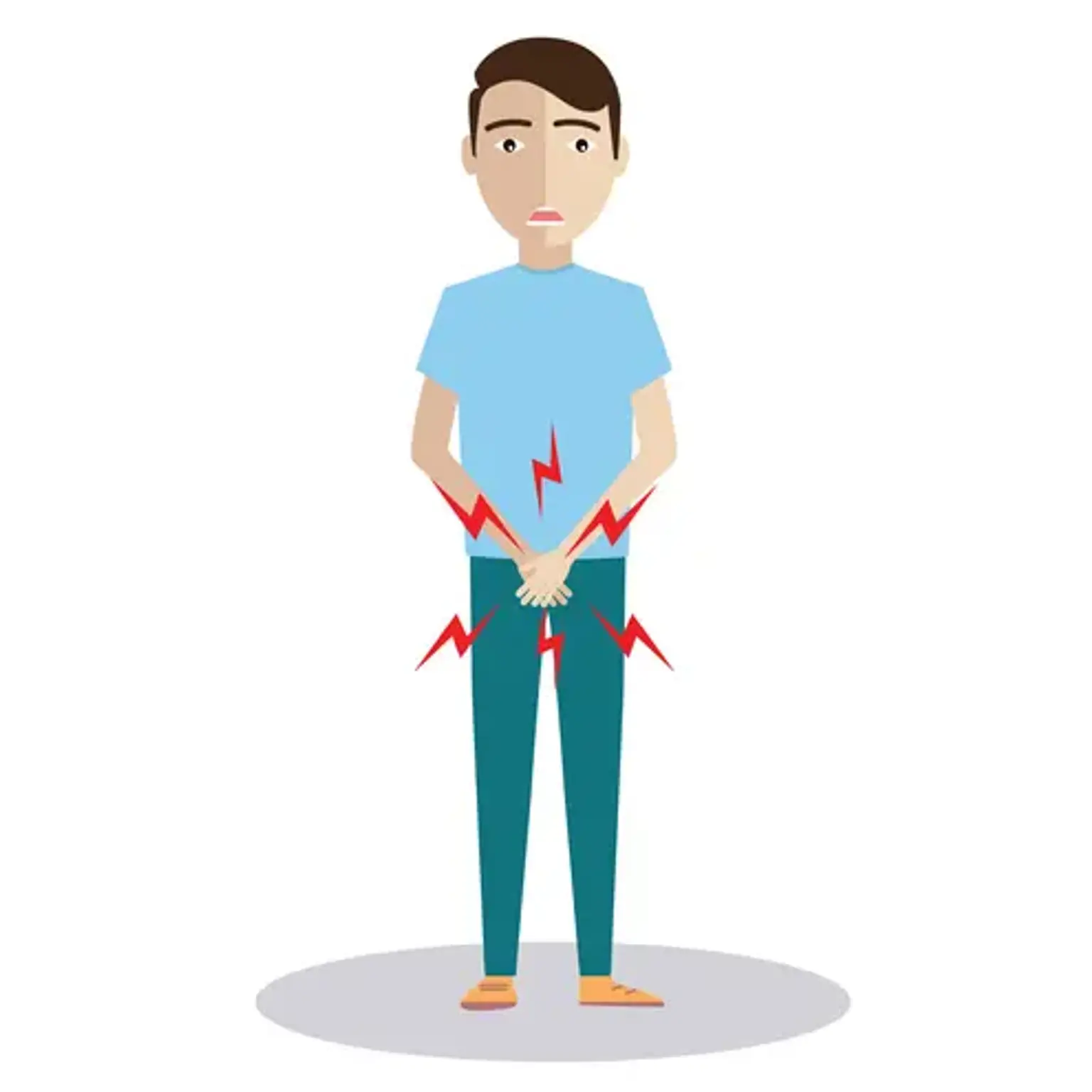Overview
Ejaculation problems are among the most frequent sexual disorders in men. Anejaculation can have a significant impact on a person's quality of life and ability to have children. It can be difficult for men with anejaculation to conceive a child, but there are ways to induce ejaculation or recover sperm in a doctor's office.
